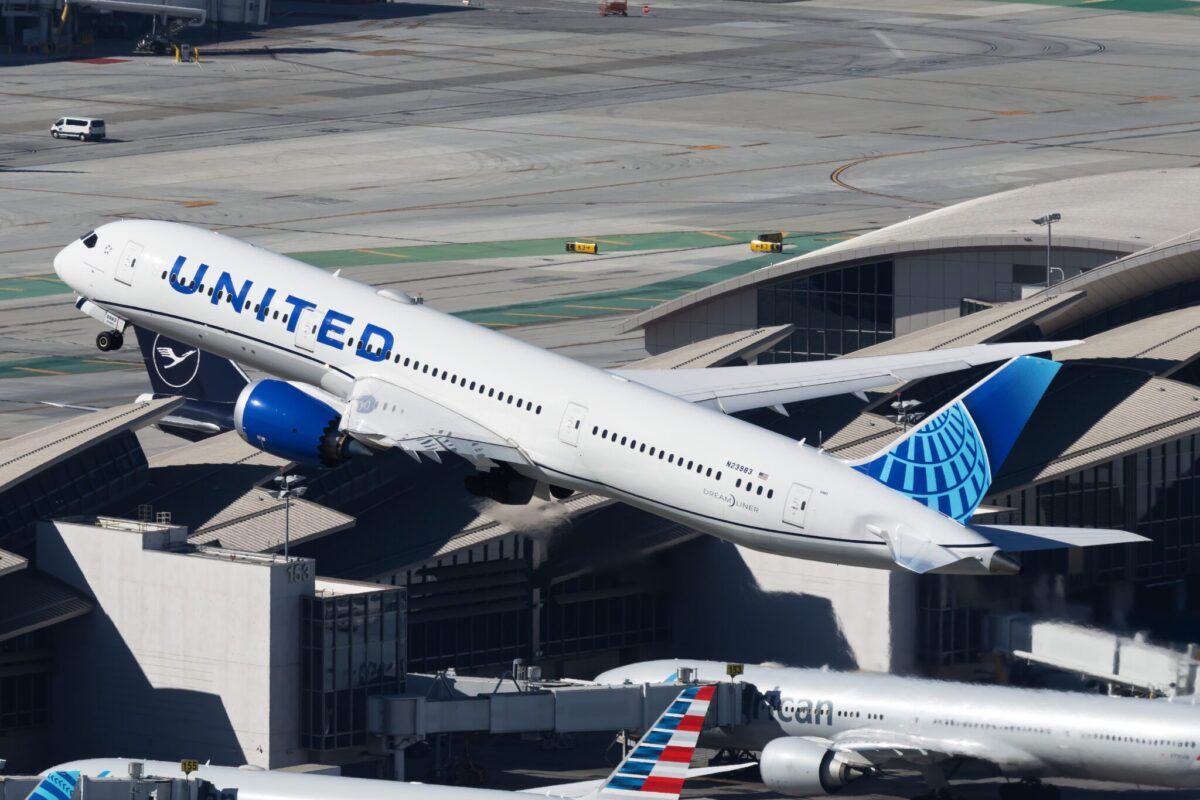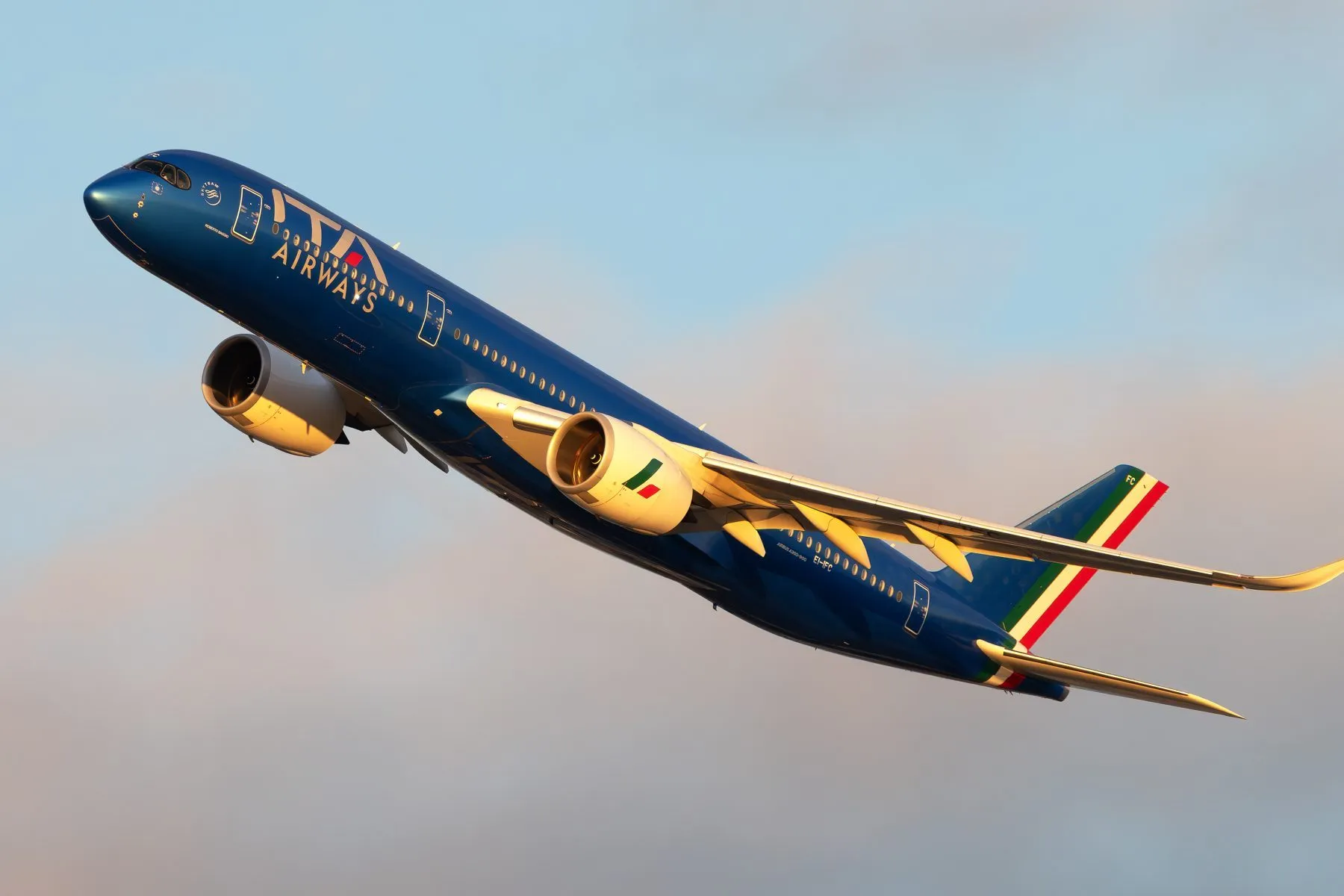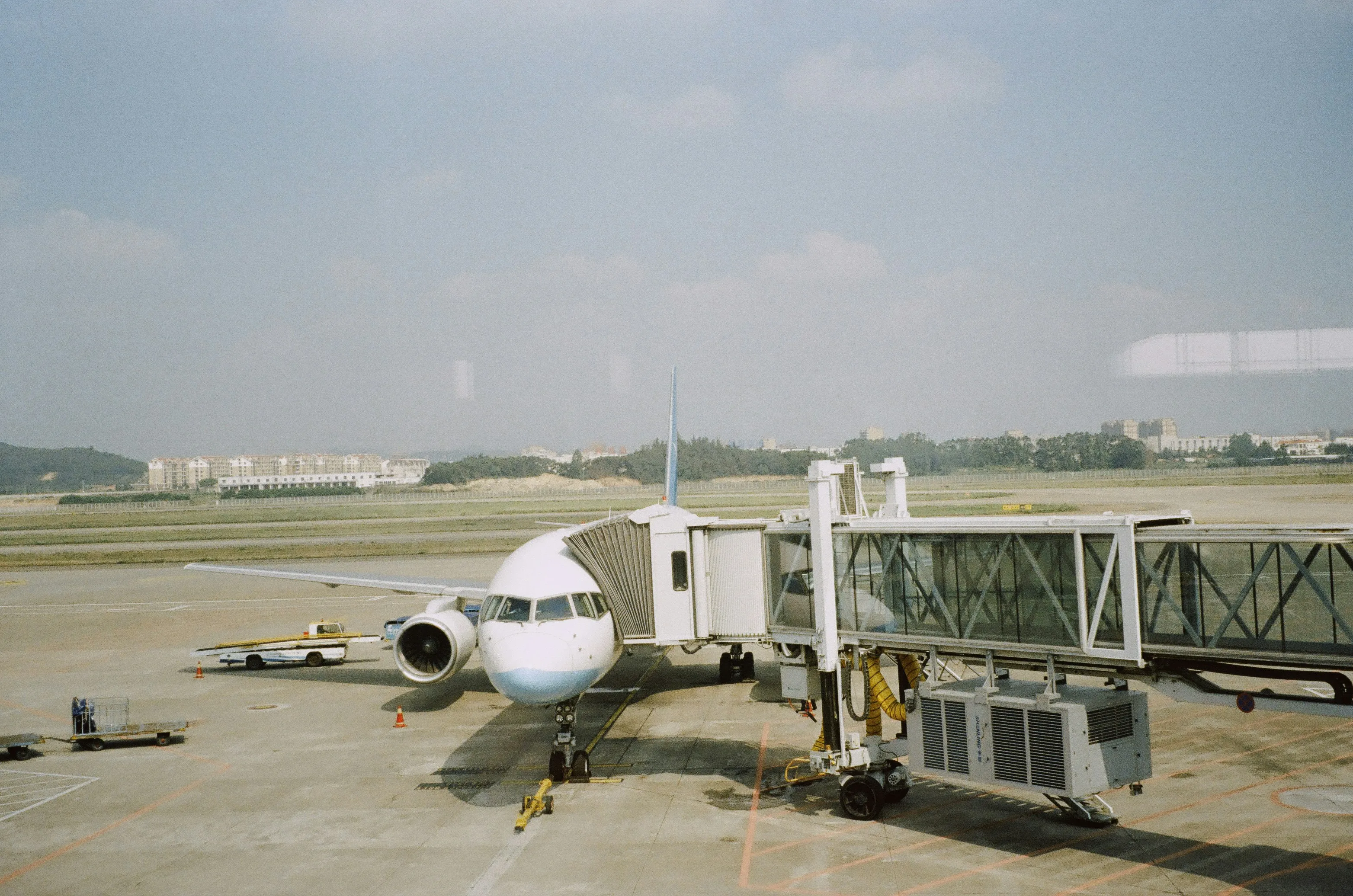Why Are So Many South Korean Travel Agencies Closing?
Skift Take
Last year was gloomy for Korean tour agencies. In October, major brand Top Travel, which had its heyday in the early 2000s selling cheap flight tickets, closed. This came after three agencies shut down abruptly in September. After more than 700 complaints, the Korea Consumer Agency warned tourists to “take extra caution” due to the “serial closures” of tour agencies.
Several honeymoon tour agencies came after Top Travel’s demise, breaking the hearts, and wallets, of more than 300 couples.
In many ways, South Korea traditional agencies are facing a similar problem that has hit their counterparts in other markets hard and killed off those that are not able to adapt. They fail – or refuse to – act on a sea-change of consumer preferences toward non-packaged travel, online and mobile booking and the entry of online travel agencies and new travel startups.
None of the top 10 agencies in South Korea have shut down, but the major players were nonetheless shaken. Making matters more bitter, the overall travel market performed strongly. Travel expenditures grew from $14 billion in 2010 to $27 billion in 2017, according to the Korea Tourism Organization.
Until 1989, South Koreans were not allowed to travel abroad freely lest they leak precious dollars or mingle with ‘communists’ (meaning, North Koreans). Once doors, and airports, opened, tour agencies thrived with the explosive growth of the market. Koreans bought package tours for the same reason Thomas Cook succeeded in 19th century Britain: people didn’t know how to travel better. Like buying a happy meal without knowing its content, travelers booked by comparing entirely on price. Hana Tour, founded in 1993, and Mode Tour, founded in 1989, two wholesalers that handle around a third of the outbound market, rode this tide to become Korean exchange-listed companies in 1996 and 2005, respectively.
But consumers don’t want packages anymore. In the first half of 2018, 59 percent of outbound tourists in South Korea were Free Independent Travelers, according to research by Sejong University Travel Industry Lab and Consumer Insight.
This decade, the outbound market and the tour agency sector slowly parted ways.
Park Sang-Hwan, chairman of Hana Tour, said last December, “It’s been a difficult year due to the series of natural disasters [in popular destinations such as Japan and Indonesia] and the change of [the] travel market, and next year is not necessarily positive.”
Won Hyung-jin, brand strategy manager of Mode Tour, acknowledged to Skift: “It’s going to be the year to improve the structural problem of the industry rather than focusing on growth.”
The structural change hitting agencies
While South Korea became the “most connected country in the world” and the travel market moved online, with the likes of Expedia entering in 2011, wholesalers remained comfortable selling bundled tours and local agencies made up margins by practically forcing activities and tacky shopping on travelers.
They were also merely using their websites to promote offline programs. According to Korea Culture & Tourism Institute, tour agencies “realized the basic functions of online travel agencies, namely the search for global air flights and accommodations, price comparison, booking and payment, only after the foreign online travel agencies expanded domestically.”
Last year, online travel agencies took as much as 70 percent share of international accommodation bookings, according to research by Sejong University Travel Industry Lab and Consumer Insight. On flights, they had a share of 27 percent, compared with tour agencies which grabbed 19 percent.
The institute said travel booking is the largest segment (17 percent) of South Korea’s online shopping market, accounting for around $10 billion as of 2016, 53 times larger than in 2001. More than half of purchases were on mobile.
Traditional agencies are also having to fight off new contenders.
NHN Entertainment acquired tour agency Tourbaksa last September. Early this month, leading tours and activities startup in South Korea, MyRealTrip, announced it had secured a $15 million funding from an Altos Ventures-led round, bringing its total raise to $27m.
Change is in the air
The urgency to change is palpable among the two top agencies. They said they need to diversify their products.
“The company is aware that existing packages are uniform and has tried to diversify, but travelers don't feel the change yet,” said Hana Tour spokesperson Jo Il-sang.
Hana Tour is increasing niche tours guided by experts and family themed tours, he said. It has also launched Mohaji, an open market platform of local activities for FIT travelers, and will launch a “comprehensive” digital platform for flights, FITs and packages.
Park Eun-kyung, analyst at Samsung Securities, picked Hana Tour as the most favored travel stock of 2019 because it shows “the most active response to the structural travel consumer pattern change, from package to FIT.”
Mode Tour also plans to reorganize its programs based on niche themes, avoiding low-price mass sales, and to have a mix of package and FIT offerings, said Won. As well, “we need to capitalize on local know-how, as the online travel agencies don’t have their own travel programs yet.”
As a five-workday becomes common — a recent development in a notoriously overworked country — and with the continued march of low-cost carriers, the outbound travel market in South Korea is expected to grow further.
More than 30 million travelers are expected to go abroad by the end of 2019, in a country of less than 52 million people. Last year, a total 26.5 million traveled overseas, according to Korea Tourism Organization.
Will the market be big enough to sustain traditional agencies? Mode Tour's Won said unless the market increases to 100 million, the size of the pie is not very different.
“As online travel agencies grow, we lose some,” Won acknowledged.




